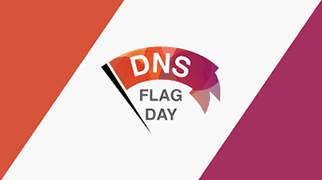What is DNS Traffic Control?
DNS Traffic control (DTC) use DNS to direct users to an appropriate instance of an application. It load-balances users application traffic based on the client location, the server location and the server availability. DTC monitors application availability using various types of health checks to make sure the clients are sent to servers that are available.
What are the use cases that can be achieved using DTC?
The most common use cases include load balancing internal/internet applications and disaster recovery.
While load balancing internet applications, DTC uses the built-in MaxMind database support, which contains information about which IP address blocks belong to which geographical area of the world. The built-in MaxMind database support is used to identify a query source IP address at the continent, country, city and subdivision levels.
While load balancing intranet applications, DTC can be used to load balance based on the querying client’s subnet or the extensible attributes of the client subnet.
The disaster recovery use case is based on availability to provide continuity of service for applications. The load balancing method configured in this use case is global availability. The idea is to have all traffic go to the primary datacenter as long as it is available. If the primary datacenter ever goes down, then all traffic will be directed to the backup datacenter. When the primary datacenter comes back online, all traffic will again be directed to the primary datacenter.
5 reasons to use DTC
- It uses DNS to intelligently route traffic to the appropriate datacenter.
- It directs web requests across active or standby sites based on server health.
- It optimizes performance and ensures 100% availability of internet facing services (e.g. web site).
- It improves response time by directing web requests based on geo-location.
- It integrates a cost-effective GSLB within an authoritative DNS server to simplify web infrastructure and reduce the cost of deploying, configuring and managing multiple devices.
What are the latest updates in the DTC world?
- With NIOS 8.5 comes the ability to respond with NOERR/NODATA/NXDOMAIN for a specific DTC Pool/Server.
Consider a scenario where you want to provide one of these responses when queries come from a specific client. Prior to this release, the only way to implement this was to have a DTC pool with a single server with a failed health check. This would result in a failure status on the pool and a warning status on the LBDN. With NIOS 8.5, additional response options have been added. - The GUI refresh rates have been made faster in order to be consistent in displaying the current status of a DTC server.
- Maximum DTC record persistency has been increased from 30 minutes to 2 hours.
The responses are now faster since they are cached for longer. - Improved scalability so that DTC can support more LBDNs and Pools.
Additional Information
You can get started with implementing DTC using this deployment guide.
This video gives an overview of Infoblox DNS Traffic Control and this video gives an overview of the newly added features.
Conclusion
Through DNS Traffic Control, IT administrators can set up multiple sites and direct clients to the best available servers.








